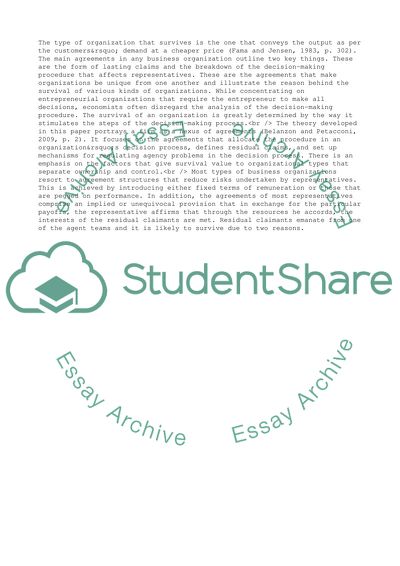Cite this document
(Separation of Ownership and Control Research Paper - 1, n.d.)
Separation of Ownership and Control Research Paper - 1. Retrieved from https://studentshare.org/management/1747758-separation-of-ownership-and-control-and-agency-costs
Separation of Ownership and Control Research Paper - 1. Retrieved from https://studentshare.org/management/1747758-separation-of-ownership-and-control-and-agency-costs
(Separation of Ownership and Control Research Paper - 1)
Separation of Ownership and Control Research Paper - 1. https://studentshare.org/management/1747758-separation-of-ownership-and-control-and-agency-costs.
Separation of Ownership and Control Research Paper - 1. https://studentshare.org/management/1747758-separation-of-ownership-and-control-and-agency-costs.
“Separation of Ownership and Control Research Paper - 1”. https://studentshare.org/management/1747758-separation-of-ownership-and-control-and-agency-costs.


